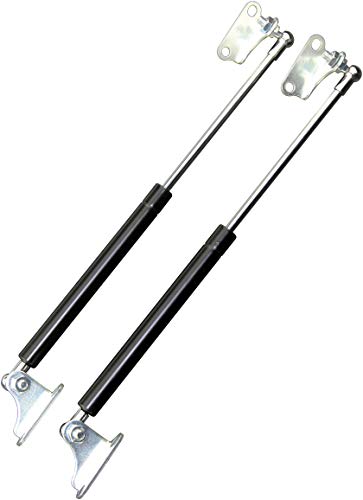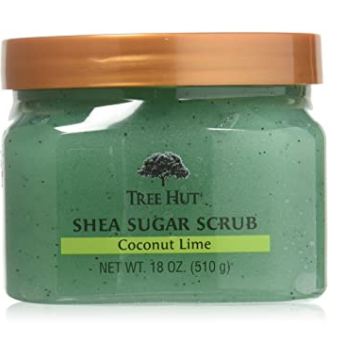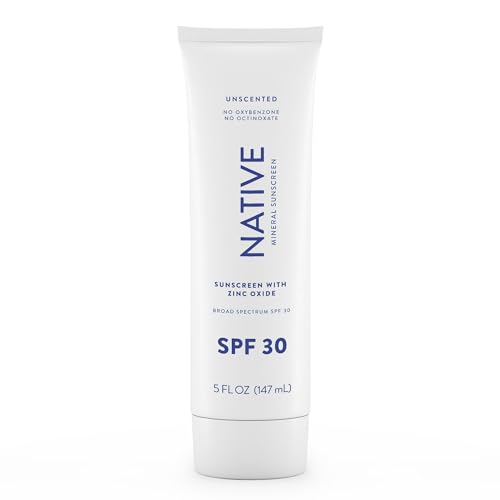Almost all people in the United States are aware of vitamins, supplements and healthcare products. These products have been advertised heavily, and it has led to a lot of confusion among the general public. In order to clear up some of the misconceptions surrounding healthcare products, I will explore these products in more detail. [read more]
To begin with, before discussing what healthcare products are, we need to understand what a product is. A product is any substance that can be bought and used by the general public. The people who develop and manufacture the products usually only sell the actual product, not the manufacturing process or even the intellectual property (IP).
Healthcare products
Nutrition and health supplements are some of the most popular categories of healthcare products. There are a number of different types of vitamin and supplement products. Some examples include food supplements, vitamins and nutrients for all ages, and nutritional supplements. All these categories have different reasons for being developed.
Food supplements are used for improving nutritional requirements of the population, such as infants and children. Vitamin C is included in food supplements as well as multi-vitamins. Children who are ill or underweight need food supplements containing Vitamin C in order to improve their blood circulation.
Vitamin E is an antioxidant vitamin that protects against oxidative stress and is particularly useful for relieving the signs of aging. It is also included in food supplements, like Vitamin E capsules, tablets and other nutritional supplements. All vitamin supplements are manufactured by companies in different ways, based on their manufacturers’ criteria.
Other common ingredients in vitamin supplements are animal-derived extracts, minerals, proteins, enzymes, antioxidants, botanicals, gums, and dyes. Supplements are available in a wide variety of forms. Some of the most common are powders, liquids, tablets, capsules, and chewable tablets. Nutritional supplements for adults include multivitamins, multivitamin/mineral supplements, and nutritional supplements for all ages. These products are designed to be consumed by the body, rather than by inhaling. These products are designed to improve general health and prevent the occurrence of health problems.
Medical equipment is another area that has been widely misunderstood. Equipment that is designed to treat medical conditions such as hypertension, heart failure, rheumatoid arthritis, anxiety, allergies, sepsis, polymyalgia rheumatica, infections, intestinal parasites, cancer, drug absorption, clotting disorders, and diabetes have been widely discussed. Technological advances in medical equipment have led to the development of many different types of equipment. Some of the most common equipment includes echocardiogram, electrocardiogram, and cardiac catheterization equipment.
Another type of equipment that is used by many hospitals is hospital bed and ward equipment. Hospital beds and ward beds are designed to help patients recover from surgery, and also prevent patients from developing serious conditions. Hypertension and chronic kidney disease are the most common illnesses that are treated with equipment.
Equipment for equipment disposal is also popular. Hospitals are expected to dispose of certain types of equipment that were no longer required, such as cardiac catheterization equipment. This equipment can be recycled, used for research purposes, or even sold for profit.
Other equipment, which may not be associated with the above types of equipment, includes automated instrumentation, biological samples and platelets. These types of equipment are used in the laboratory to analyze cells, samples, or specimens. Other equipment that is used in the laboratory includes chemistry instruments, cell culture machines, heat and light microscopes, scanners, and microfluidic devices.
A final classification for healthcare products is food products. These products include vitamins, minerals, protein, enzymes, food additives, and special blends of ingredients used to make foods. Foods are packaged in various containers and are intended to be consumed.
[/read]






























































































































